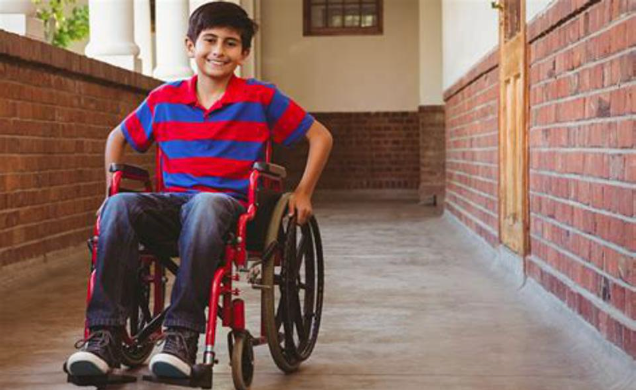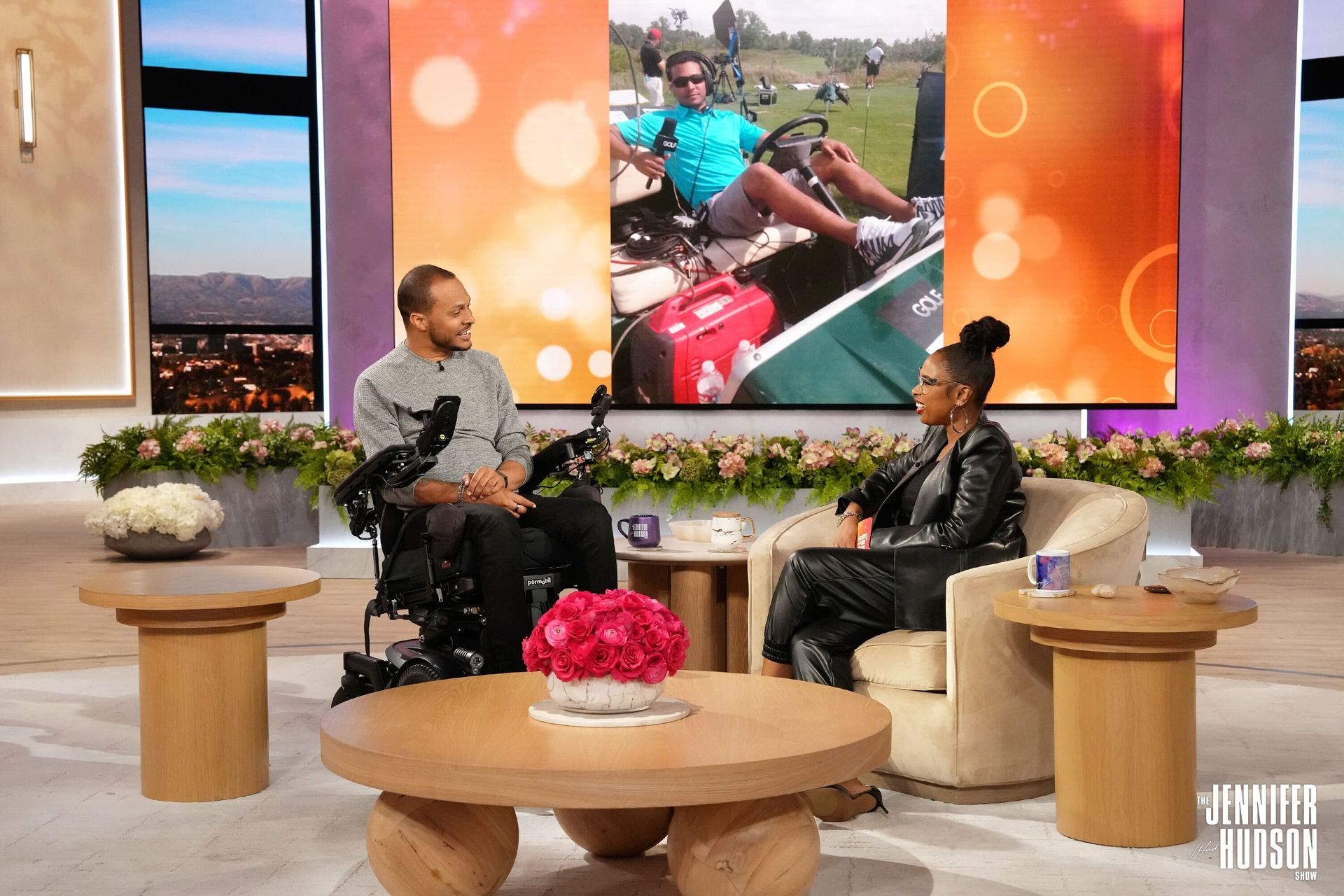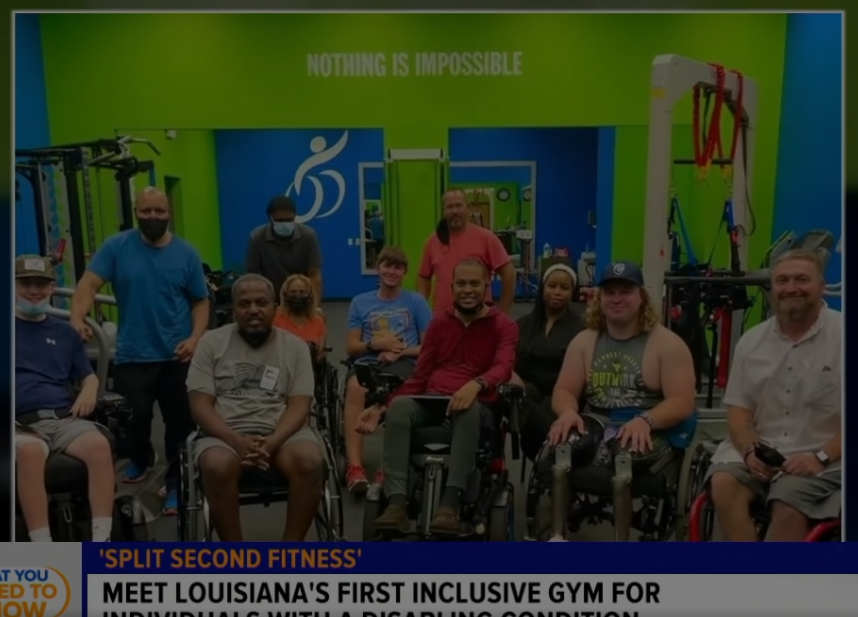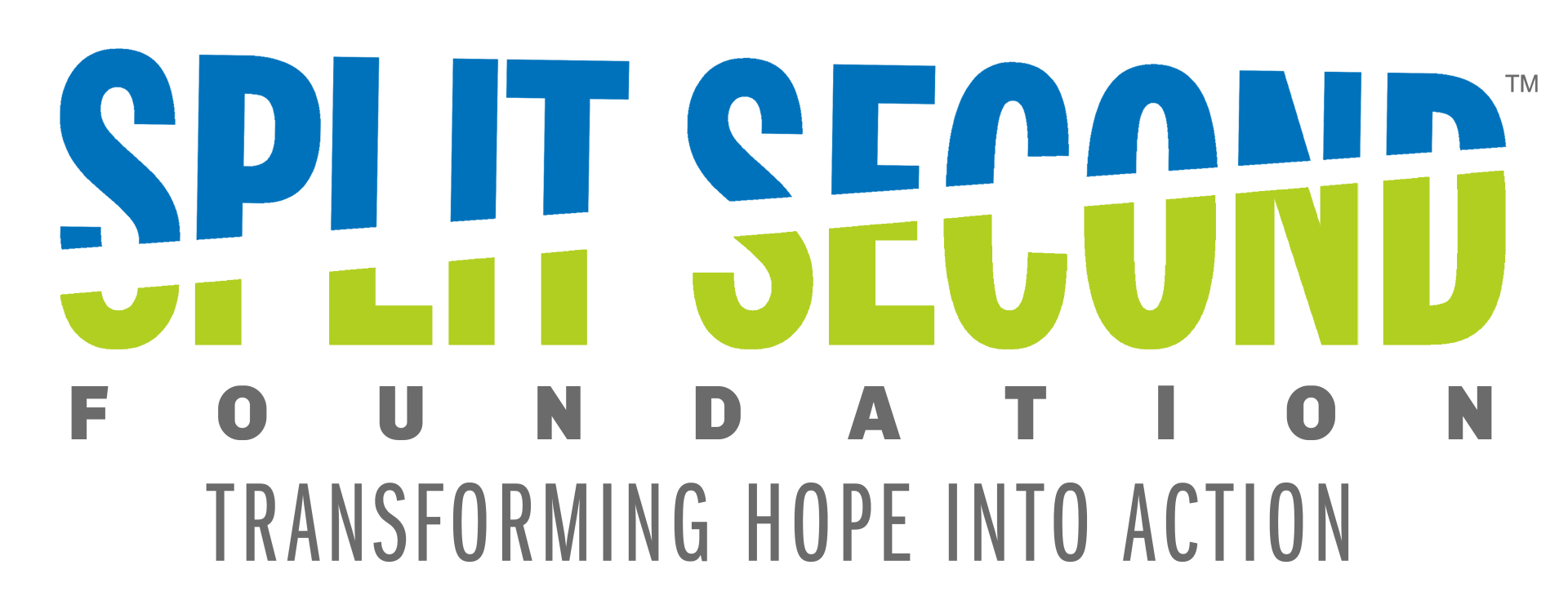For Assistive Technologies and More, ABLE Accounts are a Lifeline to Autonomy for Disabled People

It seems every month is associated with a specific cause or purpose. For example, April is Financial Literacy Month. For the majority of disabled people, financial anything often is fraught with stress. If one were to bottle ableism’s essence, it may well be society’s rules and regulations surrounding the disability community and money. In a nutshell, the expectation is people with disabilities are destined to live in squalor forever: earning and especially saving any amount of money is perilous, due to the risk of becoming disqualified for social services that one would otherwise be fully entitled to receiving. This issue pushes against other common activities that most people take for granted, such as getting married and owning property. It is possible for us to partake in these things, but it isn’t without its drawbacks. It’s a “measure a million times and maybe cut once” scenario. As with everything in our lives, consideration is key. At its core, the rules essentially signal society doesn’t believe members of the disability community to be competent and capable contributors to the world.
It’s important to note, not all disabled people are destitute. Indeed, there are many disabled people in the world—particularly those who work in Silicon Valley—who make more than a living wage. The point is merely that, by and large, disabled people are decidedly not high earners—if they actually earn anything at all.
The aforementioned tech workers are the proverbial exception to the rule. To help disabled people shed their life of impoverishment stigma, ABLE accounts are designed to help those in the community save money for whatever is necessary. Achieving a Better Life Experience (ABLE), came into existence by the passage of the eponymous Achieving a Better Life Experience Act of 2014. According to the National Resource Center’s website, ABLE accounts recognize the fact that “living with a disability is often associated with significant amounts of extra costs” and are meant to act as “tax-advantaged savings accounts that can fund disability expenses". Beneficiaries can save, depending upon the state, between $235,000 to $550,000—up to $17,000 per year. In an ABLE account, numbers that are exponentially higher than the $2,000 in liquid assets are necessary to maintain monthly government benefits such as Social Security. Eligible holders must have become disabled at age 26 or sooner. Although recently-passed legislation (going into effect in 2026) raises the eligibility age to 46, to account for people who become disabled later in life. To date, only 137,192 people, with a cumulative $1.25 billion saved, are active ABLE account holders.(Full disclosure: those figures include an account held by this reporter.)
One of the first people in the United States to get an ABLE account is Carol Akers. Akers, who lives in Columbus, Ohio, is the primary caretaker for her severely disabled 38-year-old son named Dustin. His father, who’s no longer living, shook him when he was four months old. As a result, Dustin is blind, has cerebral palsy, and is developmentally delayed. He requires assistance in all aspects of day-to-day life. Socioeconomically, Dustin had been on and off Social Security benefits due to his mother’s income, and authorities would regularly tell her she couldn’t keep meaningful savings as they would potentially harm his earnings potential, in terms of benefits. This led Akers to worry constantly about leaving a nest egg for Dustin’s care, in a future where she may not be around to give him the help he needs.
“I think it lessens the value of people with disabilities,” Akers said of the rigid monetary rules in place for disabled people. “They’re not treated equally for the government or other entities to say, ‘I’m sorry that you’re not allowed to save money.’ If you were without disabilities, you could save all kinds of money: you could invest, you could do so many things. But because you have a disability, we’re going to limit you. I understand that Medicaid pays for Dustin’s waiver and pays his medical [insurance], and that’s wonderful. But in a perfect world, if Dustin was a typical 38-year-old, by now he would have had his college degree, he would be driving car, he would have a family. He wouldn’t need the assistance that I give him physically or financially. It [the government’s rules] bothers me.”
For Mark Raymond, he couldn’t agree more with the frustration over the rules.
“It’s frustrating as an individual with a disability that had to confront all of these rigid laws and rules on how much money I can have or save,” he said in an interview with me last month via videoconference. “I understand their perspective, as they’re trying to prevent fraud and prevent people from abusing the system. But I don’t feel like having such rigid restrictions on people’s financial health is really accomplishing that goal of preventing fraud. That’s a challenge, and I think that’s where we, as disabled community members, have to confront our public officials and elected officials and leaders to [get them to] rethink these restrictions. I will say, I think that ABLE is another tool in the tool chest, but it doesn’t solve all the problems. If you need a hammer, it’s not a hammer, but it’s a good screwdriver.”
Raymond, who works with ABLE Today as its national outreach lead and is founder and Chief Executive of the Split Second Foundation, became disabled on the Fourth of July in 2016 after breaking his neck’s C5 vertebrae in a diving accident, leaving him paralyzed from the waist down. The sudden thrust into the disabled life was a jolting experience for Raymond, not the least of which financially. He was “inundated” with the intricacies of the healthcare system, quickly realizing he’d need to renovate his home to be more wheelchair accessible, after his discharge from the hospital. He’d also require mental health support to emotionally navigate his new reality as much as was pragmatically possible. It was during this time he became inspired to start his foundation, telling me “going through that situation and feeling isolated [and] feeling denial [over his disability] was what drove me to my passion and purpose.”

Join Our Email List
We will get back to you as soon as possible
Please try again later



